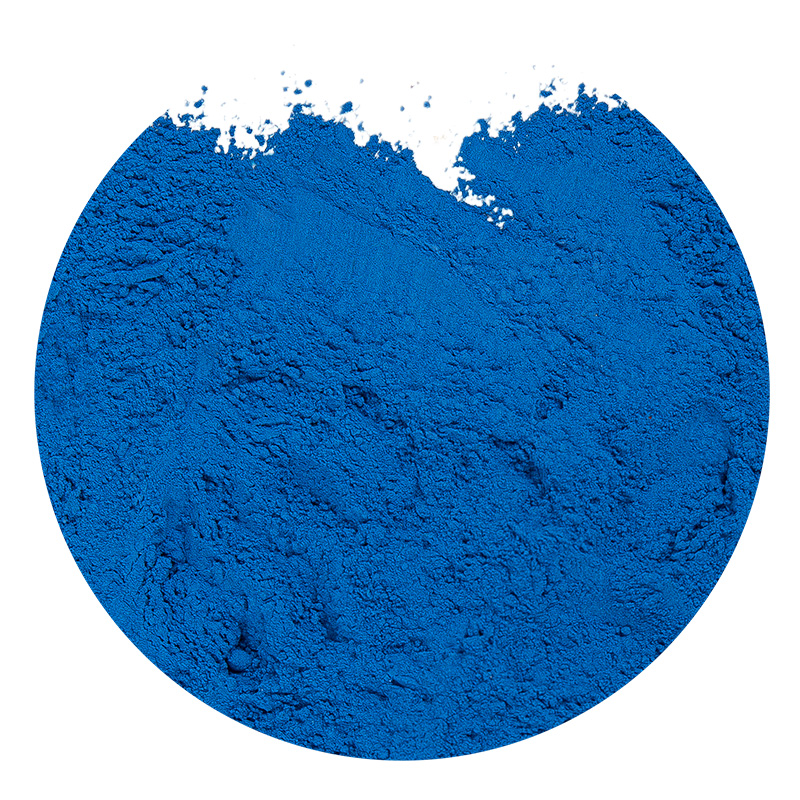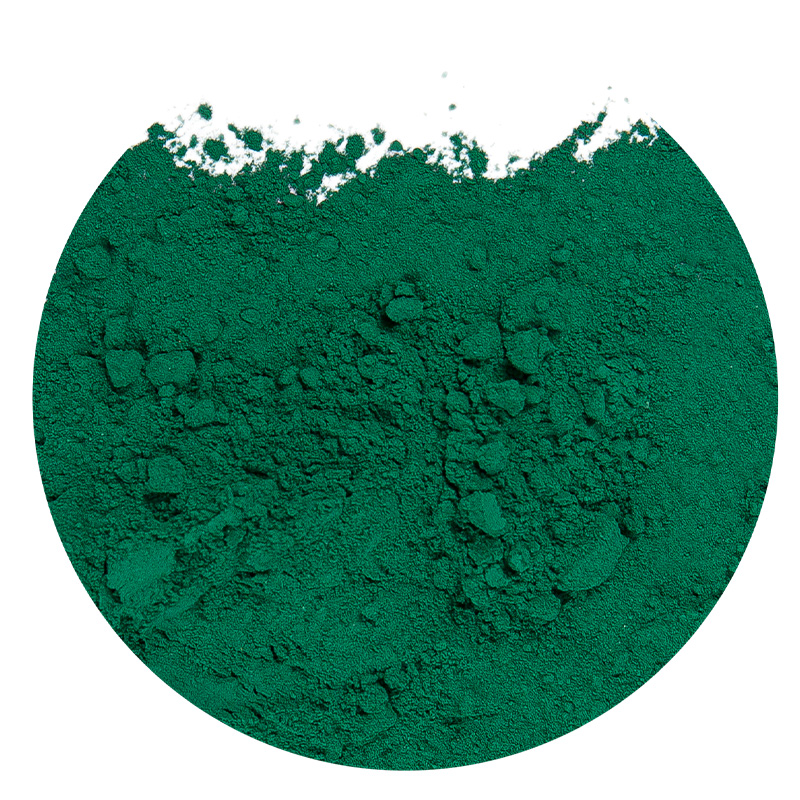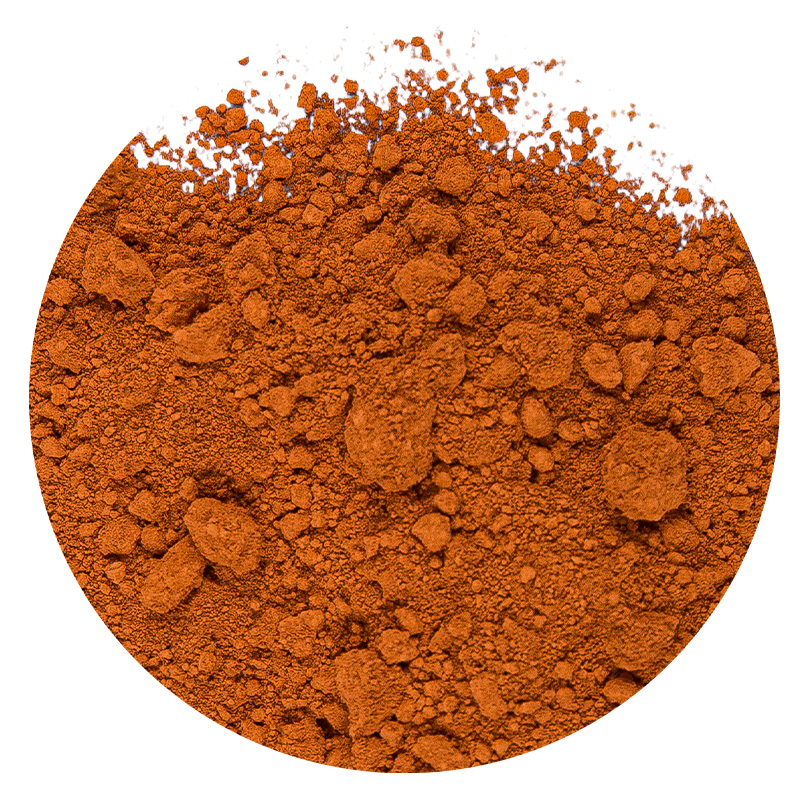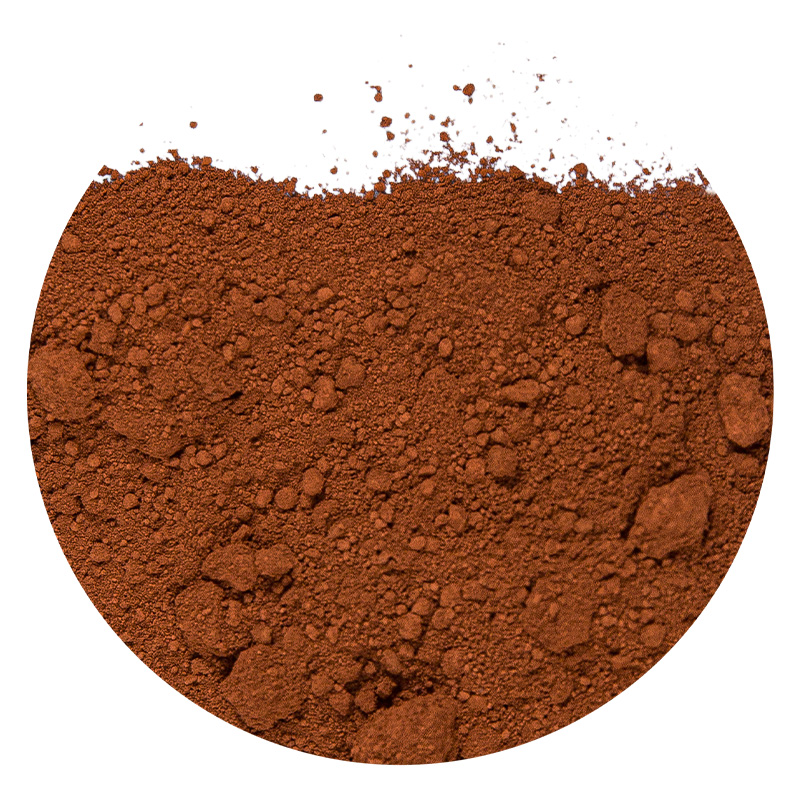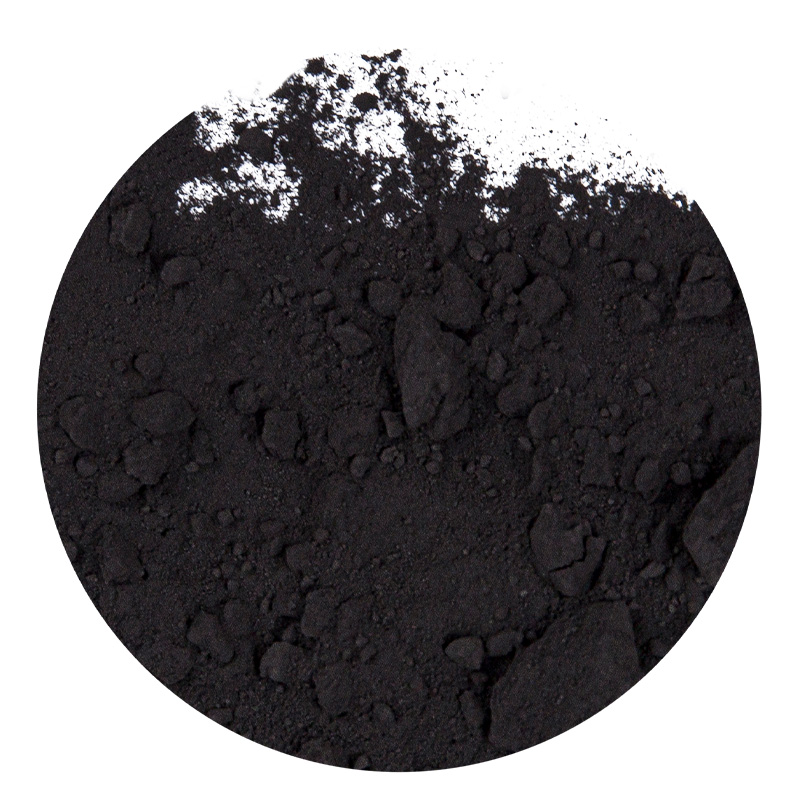Iron Oxide Yellow: Properties, Uses, and Alternatives
What is Iron Oxide Yellow?
Iron oxide yellow, also known as yellow ochre or Pigment Yellow 42, is an inorganic compound widely used as a coloring agent. This naturally occurring mineral has been utilized since prehistoric times for its vibrant hue and excellent lightfastness. The chemical composition primarily consists of hydrated iron(III) oxide (Fe2O3·H2O), which gives it that distinctive yellow coloration.
The pigment exists in both natural and synthetic forms. Natural iron oxide yellow is obtained from mineral deposits, while the synthetic version is produced through chemical processes that allow for greater purity and consistency in color. Iron oxide yellow pigment is valued for its non-toxic nature, chemical stability, and resistance to ultraviolet light, making it suitable for numerous applications.
Key Applications of Iron Oxide Yellow
Construction Materials
One of the primary uses of iron oxide yellow for concrete is in the construction industry. The pigment is added to cement, concrete, and mortar to provide long-lasting coloration. Unlike organic dyes that fade over time, iron oxide yellow maintains its vibrancy even under harsh weather conditions.
Key benefits in construction applications include:
- UV resistance prevents fading in outdoor applications
- Chemical stability ensures the color won't bleed or migrate
- Compatibility with alkaline environments in cement products
- Cost-effectiveness compared to alternative coloring methods
Coatings and Paints
In the coatings industry, yellow iron oxide paint pigment is prized for its durability and safety profile. It's commonly used in:
- Architectural paints for exterior applications
- Industrial coatings that require chemical resistance
- Powder coatings where heat stability is essential
- Anti-corrosive primers for metal protection
Comparing Iron Oxide Yellow with Other Pigments
When selecting yellow pigments, it's important to understand how iron oxide yellow vs cadmium yellow compare in various aspects:
| Property | Iron Oxide Yellow | Cadmium Yellow |
|---|---|---|
| Lightfastness | Excellent (ASTM I) | Good to Excellent |
| Heat Resistance | Up to 300°C | Up to 400°C |
| Toxicity | Non-toxic | Contains toxic heavy metals |
| Cost | Moderate | High |
| Chemical Resistance | Excellent | Good |
While cadmium yellow offers brighter coloration, iron oxide yellow for artists has become increasingly popular due to its non-toxic nature and environmental benefits. Many art supply manufacturers now offer iron oxide-based alternatives to traditional heavy metal pigments.
Technical Specifications and Properties
Physical Characteristics
The typical properties of high-quality iron oxide yellow include:
- Particle size: 0.1-0.8 microns
- Specific gravity: 3.5-4.0 g/cm³
- Oil absorption: 15-35 g/100g
- pH value: 6-8 (neutral)
- Bulk density: 0.7-1.1 g/cm³
Chemical Stability
One of the standout features of iron oxide yellow powder is its exceptional chemical stability. The pigment demonstrates resistance to:
- Alkalis (making it ideal for cement products)
- Weak acids
- Solvents (both organic and inorganic)
- Oxidation and reduction processes
Manufacturing Process
The production of iron oxide yellow can occur through several methods, each yielding slightly different characteristics in the final product.
Natural Production
Natural iron oxide yellow is obtained through mining and processing of ochre deposits. The raw material undergoes:
- Extraction from mineral deposits
- Crushing and grinding to reduce particle size
- Washing to remove impurities
- Calcination to adjust color properties
- Milling to final particle size distribution
Synthetic Production
Synthetic production methods allow for greater control over particle characteristics. The most common processes include:
- Precipitation method: Iron salts are precipitated and oxidized
- Laux process: Byproduct of aniline production
- Penniman process: Iron is oxidized in the presence of catalysts
Environmental and Safety Considerations
Unlike many synthetic organic pigments, iron oxide yellow pigment offers excellent environmental credentials:
Safety Profile
Iron oxide yellow is classified as non-hazardous under most regulatory frameworks. Key safety aspects include:
- No heavy metal content
- Not classified as a carcinogen
- Low biological availability
- No bioaccumulation potential
Sustainability Factors
The pigment scores well in terms of sustainability because:
- Natural deposits are abundant worldwide
- Synthetic production can utilize industrial byproducts
- Long service life reduces need for repainting/refinishing
- Can be recycled in certain applications
Future Trends and Developments
The market for iron oxide yellow continues to evolve with several notable trends:
Nano-sized Pigments
Research into nano-sized iron oxide yellow particles shows promise for:
- Enhanced color strength
- Improved dispersion characteristics
- New application possibilities in high-tech fields
Bio-based Production
Emerging technologies explore biological production methods using:
- Iron-oxidizing bacteria
- Fungal fermentation processes
- Plant-extracted iron compounds
As environmental regulations become stricter worldwide, the demand for safe, durable pigments like iron oxide yellow will likely continue growing across multiple industries. Its combination of performance characteristics and environmental safety makes it a versatile choice for applications ranging from construction materials to artistic paints.

 English
English عربى
عربى русский
русский Español
Español



